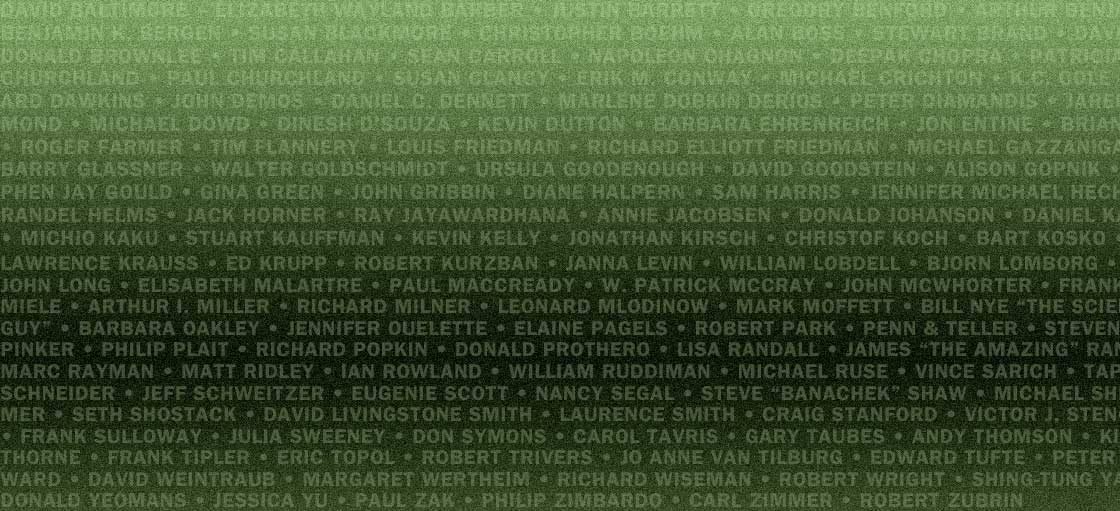
How Old is the Universe?
IT’S ALL VERY WELL FOR ASTRONOMERS to say that the universe is 13.7 billion years old, but how do they know? Vanderbilt University astronomer David Weintraub explains it all for astronomy buffs in an enthusiastic way. He starts with how scientists first determined the age of the solar system — about 4.5 billion years — by isotope dating the oldest known rocks: lunar rocks brought back by astronauts, and meteorites that have collided with Earth. He then shows how stellar life cycles indicate an age of about 13 billion years. Refining that number requires measuring things we can’t even see, such as dark energy and dark matter. Weintraub explains various dating approaches and illustrates the work of astronomers to find the answer to one of the most basic questions about our universe. Order the book on which this lecture is based from Amazon.com.

The Shape of Inner Space: String Theory and the Geometry of the
Universe’s Hidden Dimensions
String theory describes one of the smallest things you can possibly imagine — six-dimensional geometric spaces that may be more than a trillion times smaller than an electron — that could be one of the defining features of our universe. Dr. Yau tells the story of those spaces, which physicists have dubbed “Calabi-Yau manifolds,” and how Dr. Yau managed to prove the existence, mathematically, of those spaces, despite the fact that he had originally set out to prove that such spaces could not possibly exist. Order the book on which this lecture is based from Amazon.com.









